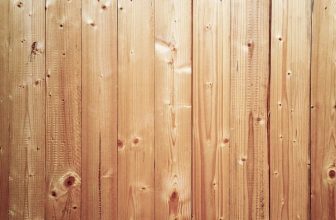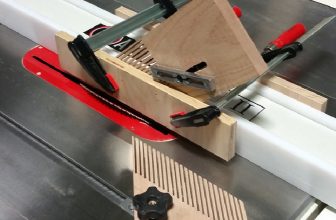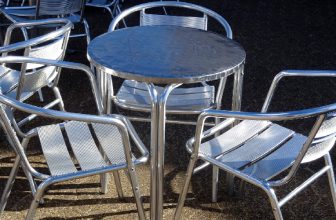How to Use a Circular Saw without a Table
Using a circular saw without a table can be a practical solution for woodworking or DIY projects where a table saw may not be available or feasible. Circular saws are versatile tools that can make precise cuts in various materials, including wood, plywood, and even metal, making them a popular choice for many DIY enthusiasts and professionals alike.
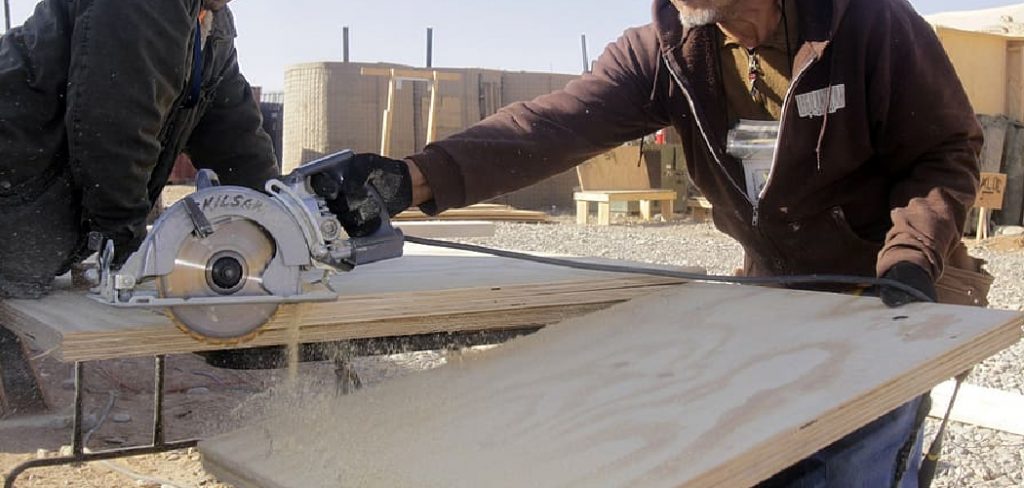
However, using a circular saw without a table requires careful attention to safety precautions and proper techniques to ensure accurate and safe cuts.
In this article, we will explore some essential tips and guidelines for how to use a circular saw without a table, including setting up a stable cutting surface, using guides or jigs for straight cuts, maintaining proper body posture and grip, and wearing appropriate safety gear. By following these recommendations, you can effectively and safely use a circular saw without a table for your woodworking or DIY projects.
Can I Turn My Circular Saw into a Table Saw?
No, you cannot turn your circular saw into a table saw. While they both use a rotating blade to cut through materials, they are fundamentally different tools and serve different purposes. Table saws have larger blades that allow for deeper cuts, while circular saws are best suited for shallow cuts with less precision.
Furthermore, the design of table saws allows them to make cuts much more accurately and safely than circular saws. If you’re looking for precision, repeatable cuts that are accurate, then a table saw is the way to go. A circular saw should only be used for quick, rough cuts on thinner materials or when there isn’t enough space for a larger table saw.
If you’re a DIYer or woodworker, it’s important to invest in the right tool for the job and learn how to use it safely. While a circular saw can substitute for a table saw in certain situations, having both tools at your disposal will ensure that any project can be completed with accuracy and safety.
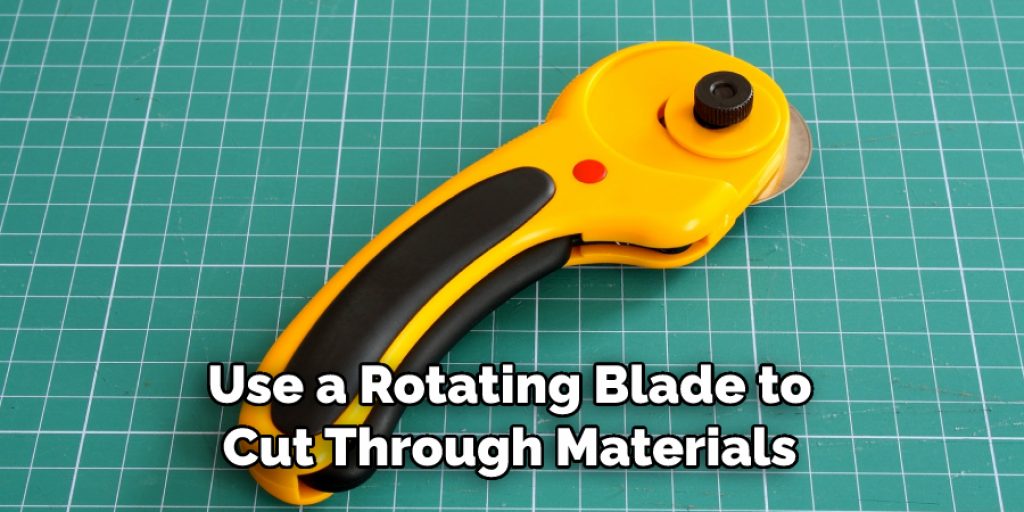
No matter which tool you’re using, always follow safety guidelines and wear the correct personal protective equipment when operating any power tools. Keeping yourself safe should be a priority before any project begins.
10 Methods How to Use a Circular Saw without a Table
1. Set up a Stable Cutting Surface
Find a stable and flat surface, such as a sawhorse or a workbench, to place your material for cutting. Make sure it is level and secure before starting. A saw table can also be used to provide more stability.
If you don’t have a saw table, make sure to secure your material in place with clamps or other similar devices. While cutting, you should also wear protective gear, such as safety glasses and ear protection. To make sure your circular saw is firmly in place, rest it on the material you are cutting.
2. Use Guides or Jigs
To make straight cuts, use guides or jigs as a reference for the circular saw. This can be a straight edge, a clamped piece of wood, or a commercially available guide system. In any case, it is important to make sure the guide or jig is firmly secured and that the saw blade will not come into contact with it.
When the guide or jig is properly secured, align the saw blade with the edge of the guide and turn on the saw. Slowly move the saw along the guide, keeping a steady hand and a firm grip on the handle.
Make sure to be aware of your hands, as they may come close to the moving saw blade. If you’re using a straight edge or jig, use a push stick or block of wood to push the saw from behind and keep your hands safely away from the blade.
3. Measure and Mark Your Cuts
Measure and mark your cuts accurately before starting with a pencil or a measuring tape. This will ensure precise cuts and minimize mistakes. If you are making multiple similar cuts, it is best to measure and mark the first cut, then use that as a template for the rest.
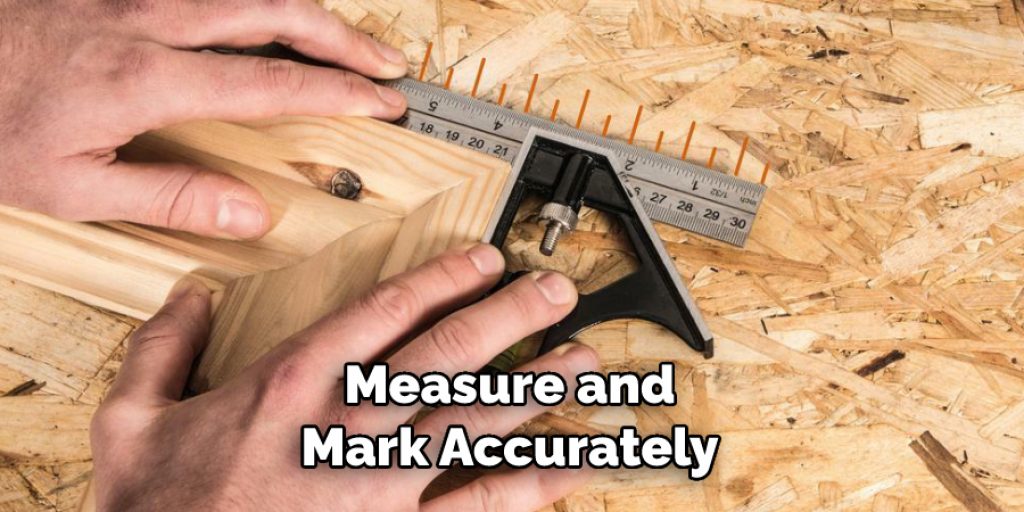
This will also help keep your cuts consistent. However, make sure to double-check the measurements and markings before making each cut. Though a few mistakes here and there won’t ruin your project, too many can be costly.
4. Use Proper Body Posture and Grip
Stand with your feet shoulder-width apart, maintain a firm grip on the saw, and use both hands to control the saw. Keep your body positioned to the side of the saw blade, away from the cutting line. Choose a comfortable stance and balance that allows you to move the saw smoothly.
Keep your arms straight and wrists locked for greater control of the saw and prevention of injury. Wear safety goggles and gloves for extra protection when using the saw. Though it may require more effort, a slow and steady pace yields the most precise results.
5. Follow the Manufacturer’s Instructions
Read and follow the manufacturer’s instructions for your circular saw, including adjusting the depth of the blade and setting the correct angle for bevel cuts. Avoid careless mistakes by reading and understanding the operating manual that comes with your saw.
However, if you lose or misplace the manual, contact the manufacturer for a replacement to ensure that your saw runs both safely and efficiently. If operating a circular saw without a table, make sure the base is firmly in place on the workpiece.
If using an extension cord, follow all safety instructions. The power cord should never be allowed to come in contact with the blade or any moving parts of the saw. When finishing a cut, release the trigger and let the blade come to a complete stop before lifting the saw.
6. Use a Sharp Blade
A sharp blade will cut more efficiently and reduce the risk of kickback. Replace dull blades with a new one before starting your cuts. For the best results, use a blade designed for your type of saw. Always wear protective eye and ear protection when using a circular saw.
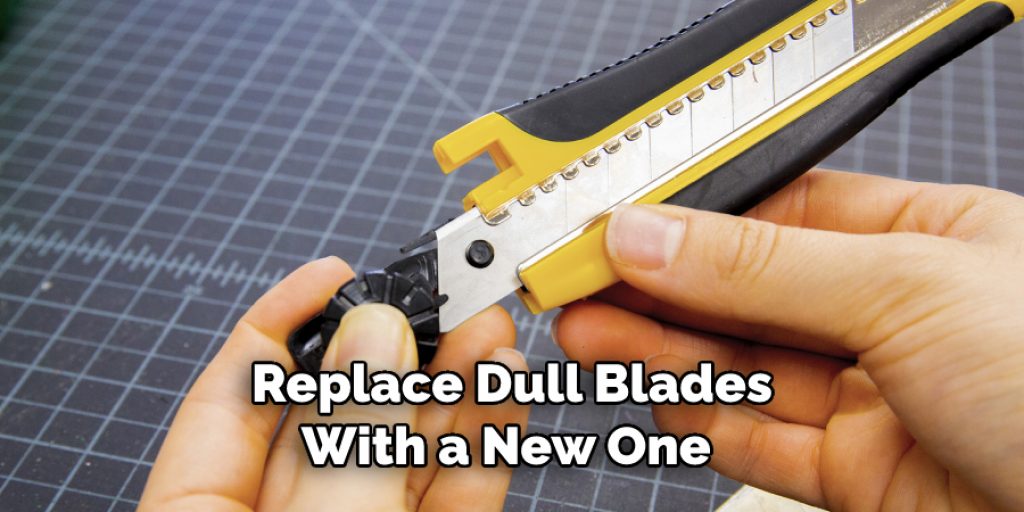
While the motor is running, check for any vibrations that could indicate a dull blade. To reduce the risk of kickback, always use a blade with at least 10 teeth per inch. While cutting, keep the blade in firm contact with the material you’re working on.
7. Take your Time
Do not rush through your cuts. Move the saw slowly and steadily through the material, keeping a constant speed. This will give you the most accurate results and prevent your saw from binding or jamming. For extra accuracy, use a guide alongside the saw along its cutting line. This will help keep the saw steady and in the correct position as it moves through the material.
Make sure to wear safety glasses or goggles while using the saw to protect your eyes from flying debris. Though it can be time-consuming, using a circular saw without a table is still possible and can help you get the job done. With practice, your cuts will become more accurate, and you’ll be able to complete projects more quicker.
8. Check for Clearance
Ensure that there are no obstructions or nails in the cutting path before starting your cut. Clear the area of debris to prevent damage to the saw blade. Additionally, take care to make sure there is plenty of space around the saw blade. This will help reduce the risk of kickbacks and injury. If you are cutting an object that is on the ground, make sure the blade won’t come in contact with the ground.
If so, use a piece of scrap wood to raise the object off the ground. Though it will take more time, it’s important to do this step for safety. However, if the saw is on a table, then check the table for any nails or screws that may interfere with the cut.
9. Use a Cordless Circular Saw Cautiously
If using a cordless circular saw, be mindful of the battery life and make sure it is adequately charged before starting your cuts. Be sure to keep a steady hand while operating the saw, as handheld circular saws can be more difficult to control.
Additionally, the cut may not be as straight or precise without the use of a table saw, so take extra precautions while performing any delicate cuts. Finally, wear protective goggles and gloves to further protect yourself and your work area.
10. Wear Appropriate Safety Gear
Always wear safety goggles, hearing protection, and gloves when using a circular saw without a table to protect yourself from potential hazards, such as flying debris and loud noise.

Conclusion
In conclusion, using a circular saw without a table can be a practical option for woodworking or DIY projects when a table saw is unavailable or not feasible.
By following the methods outlined above about how to use a circular saw without a table, including setting up a stable cutting surface, using guides or jigs, measuring and marking cuts accurately, maintaining proper body posture and grip, and wearing appropriate safety gear, you can safely and effectively use a circular saw without a table.


